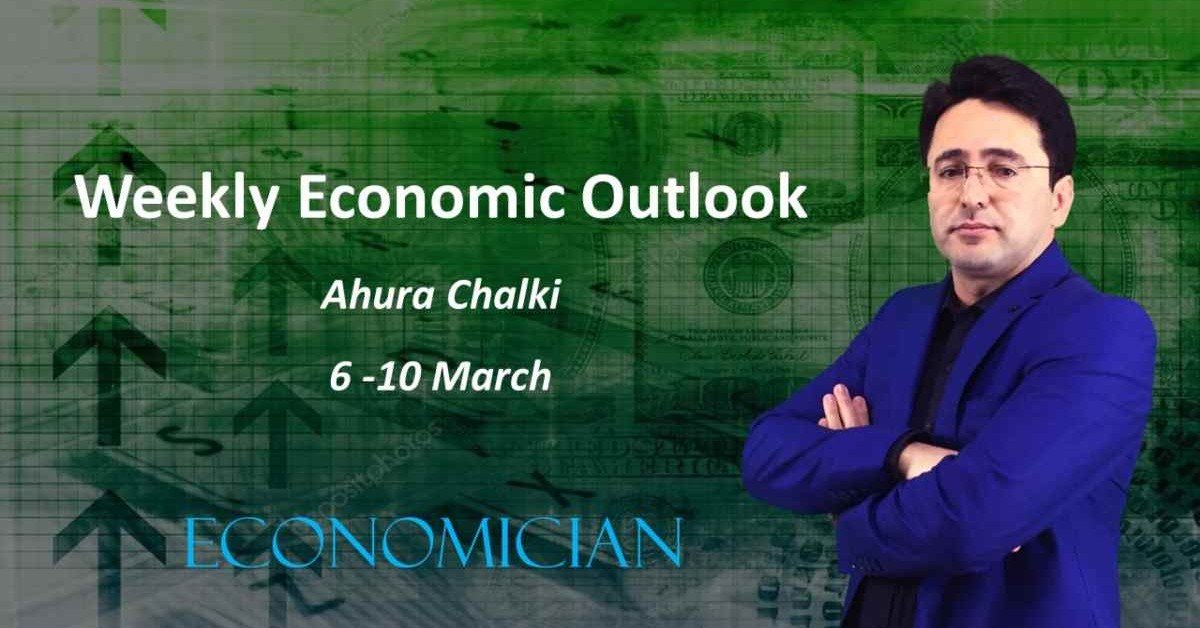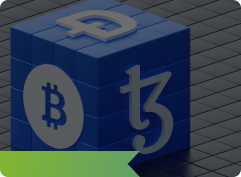New records, day after another!
Review
In June, everything was about the inflation and FED decision. Stock markets printed new records almost every week on both sides of the Atlantic Ocean. US Dollar also, with whispers about rate raise and tapering, gained the momentum. Loonie claimed to a six-year high against the US dollar with Oil outperformance and BoC monetary policy.
FED said that interest rates could rise at least two in 2023. However, different central banks had other policies and outlooks during June, and even these differences continued at the beginning of July.
This week RBA did not change the interest rate but had some signals to stop the asset purchasing plan after ending the current program in September, or at least to decrease that.
So far, in the first trading days of July, we had the June NFP numbers as well. 850K new jobs compared with 700K expectation was much better than many other estimates. However, the unemployment rate increased to 5.9% from 5.8% of May, while still, we have 6.8M unemployed more than pre-pandemic employment level, according to the Department of Labor data.
Let's look at the month ahead and see what we expect from different markets in June.
US Dollar: In July, we expect to see the actual market reactions and final numbers for most sectors of the second quarter. As we are hoping to see the signal of Hwkish policies from FED, July can be a bull market for the US dollar. Analysts expect to see more pressure on FOMC members to start a conversation about reducing monetary stimulus. They hope to see an absolute increase in actual employment levels and Inflations. So far US dollar index has gained in 2021. For the month ahead, the most important events that can affect the USD rate including FOMC meeting minutes (7th), Fed Monetary Policy Report (9th), PPI (14th), Retail Sales (16th), Home sales (22& 26th), and finally FED interest rate decision at July 28.
Euro: Following the monetary divergence between the European central bank's monetary policy with most developed economies, Euro lost the ground in June, touching the two-month low against the main peers, including USD and GBP. With easing the lockdowns in European countries, both Service and Manufacturing activities have been raised in June. In July, the Eurozone currency will be susceptible to the European economic outlook. The summer holiday period and fast vaccination progress should underpin a substantial recovery of the economy. For the month ahead, ECB President Lagarde Speaks (9th), European CPI (16th), ECB Interest Rate Decision (22th), German Manufacturing PMI, and German Ifo Business Climate Index (26th).
AUD: Australian dollar, following the losses in sharemarkets and commodity market, fell sharply in June. The rising global interest rate was another reason for Aussie, the same as other major currencies, to be hit. As the currency is closely tied to global growth expectations, it was weaker after the US Federal Reserve members started talking bout the possibility of a rate rise in 2023. In its earlier meeting this week, Australian Reserve Bank had some signal of decreasing its quantitative easing (QE) plan. Still, it did not change any other policies for now and hold the interest rates, as with the latest breakout of Coronavirus, caution back into the markets. For AUD, Australian jobs numbers remain critical, with the June report due on July 15.
NZD: Expectations of changing the monetary policies in the US were hit Kiwi in June. On the other hand, same as Aussie, the Chinese's latest weaker data also did not help the Kiwi protect its earlier gains. However, the news and economic data were more positive as the NZ economy decreased worries about a potential recession. As GDP for the year ending March 31, 2021, was reported at a solid level of 2.4%. July can be volatile for Kiwi, as markets await some clarity from the US Fed, directly affecting the NZ economy. The critical event that traders must follow is the Meeting of the Reserve Bank of New Zealand on July 14 and Inflation data, due July 16.
JPY: Despite the weakness against the USD, rising market volatility increased concern about shifting the monetary policies in the USA coming sooner and sharper than earlier expected, raised global demand for Yen and its safe-haven trait. Economic divergences between the US, which talked about a new tightening policy, are growing, and Japan's accommodative stance can support the USDJPY bulls. Also, in July, depending on how Global stock markets play, if it is uptrend there, Yen likely will be under pressure and vice-versa. On the other hand, the new outbreaks due to the Delta variant of the Coronavirus increasing the risk and safe-haven demand of Yen. For the month ahead.
WallStreet:
June was the fifth straight month that SP500 closing higher. The first days of July also started higher with new records in the leading Wallstreet indices. The first half of 2021 ended with a 14.4% year-to-date gain in SP500, while the Dow Jones Industrial Average and Nasdaq Composite both are up more than 12% each. Regarding the second half, market participants are not expecting the same great movements. According to the latest published data, the pace of economic growth has slowed.
On the other hand, in July, we will have the second-quarter reports, and it will directly affect the markets, while investors are worried about the inflation fate, and most of them believe that there is another leg to the market.
On the earnings front, we will have the wars of bear and bull in the market as we are waiting for the best earnings growth since 2009 in second-quarter reports and FED possible tapering plan, which can stip the market bulls!
In July, the US CPI, PCE, GDP data will be a matter for wall street while publishing the meeting minutes on the 7th of the month, and the FED monetary policy meeting on July 28 are the market drivers.
Gold: As we are waiting for a volatile month ahead of earnings, Interest rate fears, and FED meeting, Gold as a Safe-Haven is expected to have good enough demand to hold it around the same area or even encourage the market bulls. On the other hand, the same mentioned reasons are the reasons that are supposed to push the DXY to the higher levels, which must be negative to the Gold market. It is precisely the same reason I mentioned the "Same Levels" just a few sentences above. Gold in the more extensive charts still has a side movement with no decision about the next direction, as it moves between the main MA lines.
In June, with the Hawkish signals from FED, Bond Yields have grown, increased the non-yielding Gold's holding coast, caused a 7% loss on gold value. So the recovery path and the FED's reaction to price rising will be incredibly important for the Gold market.
US economy is recovering fast from the Pandemic, which is not a piece of positive news for Gold; however, the possibility of overheating the economy must also support the market bulls. After all, the main question in the month ahead is about the Federal Reserve monetary policy and its effect on the Gold market. At the same time, we should not forget about new variants of Cronovirus and their possible impact on the final stage of reopenings.
Oil: At the beginning of the second half of 2021, all three of the world's leading forecasting agencies for the energy market, OPEC, the International Energy Agency, and the EIA (US Energy Information Administration), all expecting more demand and higher prices for Oil, especially in summer. It is not just that; most analysts and investors in the market also have the exact expectations, as reopening and summer means more travel and more demand for Oil, both in roads and air travel.
Oil prices surged more than 45% in the first half of 2021, reached the 7-year high in the first trading week of July. In June, the Brent futures rose more than 8%, and WTI climbed over 10%.
And about July, while Goldman Sachs sees Brent prices averaging above $80 in the third quarter, the month started with growing tensions between OPEC members. In the latest meeting of OPEC+, United Arab Emirates did not accept the Saudi-Russian offer and asked to raise its market share. The tensions ended with no change for now for August, sent the prices to their 7-year high; however, members agreed on the next rounds of talks in few days, according to Reuters.


















